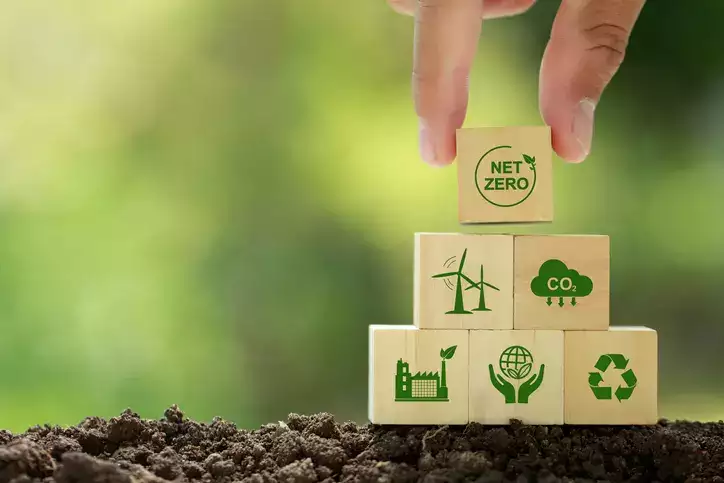CARBON CREDITS
Unlocking the Power of Carbon Credits with Industrial Hemp
While all plants have the ability to absorb carbon dioxide, industrial hemp surpasses expectations by sequestering carbon at an astonishing rate—potentially double that of a typical forest. With its rapid growth cycle, industrial hemp outshines traditional forests, allowing us to witness significant results in a fraction of the time.


The remarkable carbon sequestration potential of industrial hemp
Industrial hemp, a versatile and sustainable crop, has gained recognition for its remarkable carbon sequestration abilities. Through a process called photosynthesis, hemp plants absorb carbon dioxide from the atmosphere and convert it into oxygen and biomass. What sets industrial hemp apart is its ability to perform this process with unparalleled efficiency and speed.
Compared to conventional forests, where it can take years or even decades to witness substantial carbon sequestration, industrial hemp works its magic in a fraction of the time. Its rapid growth cycle allows for more frequent planting and harvesting, maximizing the carbon sequestration potential throughout the year. As a result, industrial hemp has the potential to sequester carbon at a rate that is truly unparalleled.
Harnessing the power of industrial hemp for carbon credits
The exceptional carbon sequestration capabilities of industrial hemp have caught the attention of environmental enthusiasts and forward-thinking businesses alike. Through the concept of carbon credits, industrial hemp offers a practical and effective solution for offsetting carbon emissions and combating climate change.
By cultivating industrial hemp, individuals and organizations can generate carbon credits—units that represent the reduction or removal of greenhouse gas emissions from the atmosphere. These carbon credits can be traded, sold, or used to offset the carbon footprint of various industries, helping achieve carbon neutrality and support a more sustainable future.
